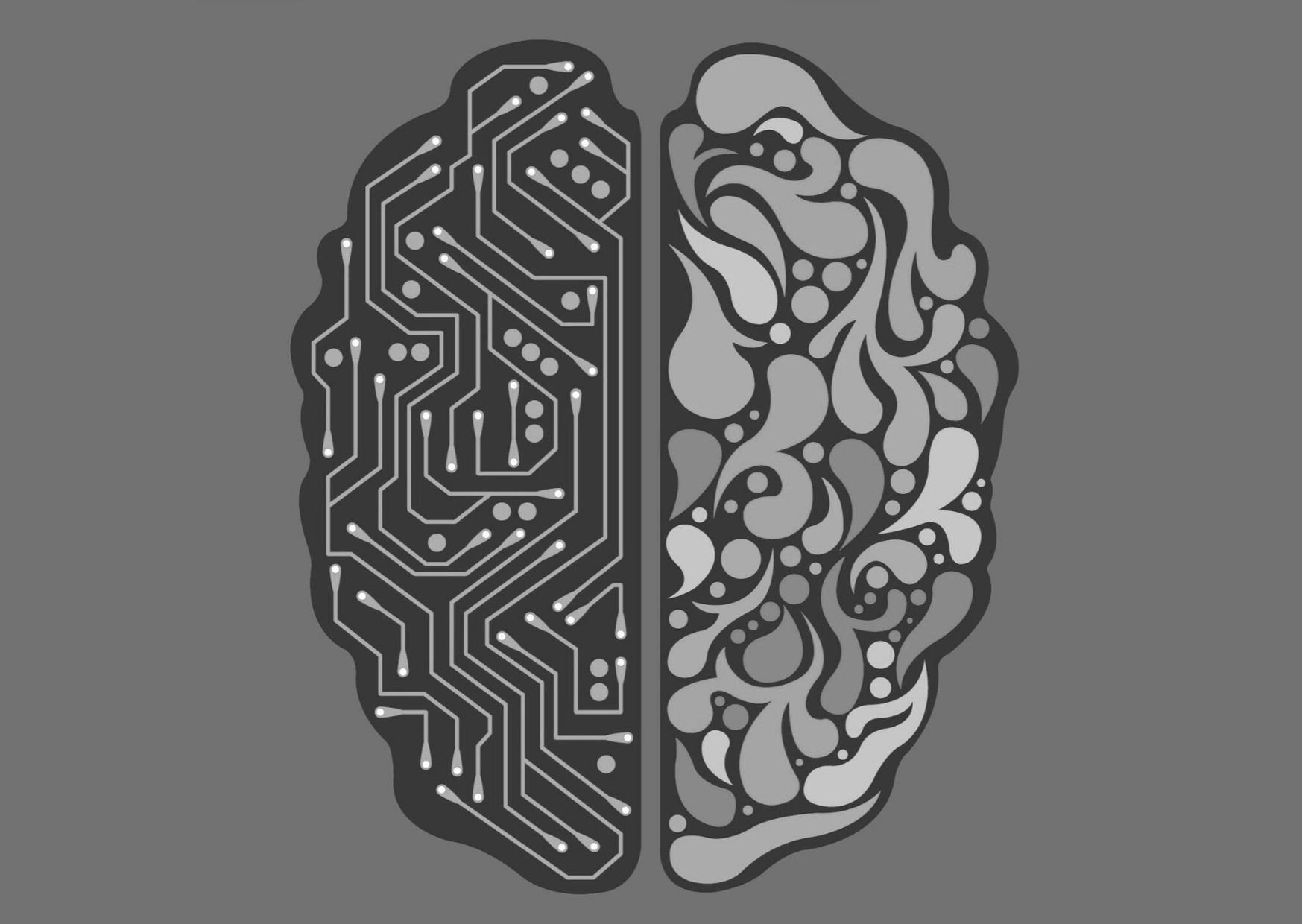Changes to SPCs and Marketing Authorisations in the UK implemented on 1 January 2025
13th January 2025

The UK Intellectual Property Office (UKIPO) have commissioned Cardiff University to conduct research to understand the feasibility, technical complexities and effectiveness of how artificial intelligence (AI) could be used for searching patent applications.
The research found that none of the currently available AI algorithms on their own can support every aspect of the prior art search process at the present time. However, the study showed that different state-of-the-art AI algorithms can be used to retrieve the closest prior art documents, rank relevant documents, suggest synonyms, suggest classifications, cluster and visualise the retrieved documents/concepts for the assistance of patent examiners and such AI algorithms may be able to support patent examiners in navigating through large volumes of patent data. Experiments conducted with expert patent examiners have strongly suggested that the use of AI techniques to retrieve and rank documents could reduce the time and cost of prior art searches, and especially the process of sifting through the large number of patents retrieved.
At present, published patent applications are manually classified into technology areas by examiners but the research found that an automated classification task can produce very high classification accuracy.

The research has shown that AI has the potential to assist patent examiners in the future as part of the prior art searching process. However, an AI-assisted search will still likely require a human patent examiner to manually formulate a search statement, which is one of the most important and knowledge-intensive parts of the prior art searching process. The construction of the search statement requires clear understanding of the critical subject matter and the potential novelty of the patent application.
The research has shown that there are opportunities to enhance the current prior art search process by developing new AI based tools for retrieving image-based patents, collecting evidence of due diligence, spotting ambiguity, finding contradictions and visualising relationships among documents.
Experimental results using these AI algorithms have resulted in a higher ‘hit rate’ than patent examiners achieve with their current search tools, showing that an AI tool has the potential to assist patent examiners in the future as part of the prior art searching process. There is, however, a need for further work with larger scale and more rigorous testing with a larger collection of patents and more patent examiners across a wider breadth of different technology areas, as well as more cutting-edge research on new algorithms supporting flexible search strategies and a dynamic, iterative search process.
See here for more details on this subject.